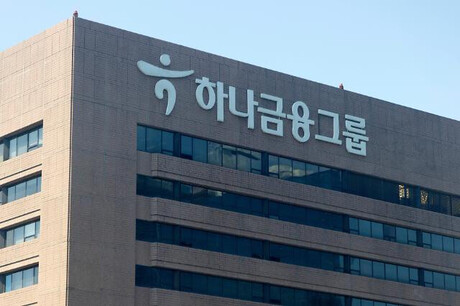1.8 million tons of ethylene extracted every year
Production capacity increased from 10th in Korea to 4th

[GLOBAL ECONOMIC TIMES] The Onsan National Industrial Complex in Ulju-gun, Ulsan, which I visited on the 22nd, was a huge ‘construction site.’ Numerous materials and facilities, including a 67m-tall pyrolyzer (steam cracker), were scattered around the site (860,000 m2 in total), which was so large that it could not be contained at a glance. About 4,700 people were busy moving around, weaving various parts together and creating the frame of the building. This is what the ‘Shaheen Project’, Korea’s first integrated oil refinery and petrochemical plant (COTC), unveiled by S-Oil for the first time on this day, looked like. When completed in June 2026, S-Oil will acquire 1.8 million tons of ethylene, known as the ‘rice of industry,’ every year.
○ ‘Dream facility’ with its outline revealed
Once this project, which S-Oil started in January last year with an investment of 9.258 trillion won, is completed, the landscape of the domestic petrochemical market will change. This is because S-Oil's ethylene production capacity, which was ranked 10th in Korea, has risen to 4th. This means that S-Oil, which was an oil refining company, is leaping forward to become a powerhouse in the petrochemical industry.
The biggest feature of this factory is that it was developed as a COTC, also called a ‘dream facility.’ This means that intermediate processes such as crude oil refining and pyrolysis are compressed into one process to directly extract basic oil from crude oil. As production costs can be reduced by up to 66% through process innovation, the industry expects that it will have price competitiveness to compete with China's low-price offensive.
The reason S-Oil jumped into the Shaheen project was because it believed it would be difficult to survive through oil refining alone. This is because the demand for petroleum products will decrease due to the transition to electric vehicles and decarbonization policies. However, voices of concern arose from the start of the project. This is because the oversupply of ethylene has worsened due to China's aggressive expansion of facilities. In this situation, if S-Oil jumped in, the domestic petrochemical industry could be destroyed.
However, S-Oil saw this market change as an opportunity. This is because existing ethylene powerhouses such as LG Chem and Lotte Chemical have turned to ‘specialties’ (high value-added products) to avoid China’s low price offensive. They decided that, thanks to COTC, they could have cost competitiveness against Chinese products and thus would be able to dominate the market if domestic competitors disappeared.
Using COTC also increases yield. This is because the rate at which basic oil can be produced from crude oil is much higher than that of existing methods. The COTC method can produce about 7 tons of basic fraction from 10 tons of crude oil. For domestic petrochemical companies that use old methods, this ratio is only 30%.
○Aramco’s first COTC
Saudi Arabia's state-run oil company Aramco, S-Oil's parent company, recently canceled its COTC construction plan in Ras al-Khair, Saudi Arabia. Initially, Aramco planned to refine 400,000 barrels of crude oil per day and produce 9 million tons of ethylene annually through this plant.
Aramco's change of mind is due to the financial crisis. This is because the demand for crude oil has plummeted as the Chinese economy has not recovered. In addition, financial spending increased as Crown Prince Mohammed bin Salman diversified the national economy in a short period of time. The analysis is that from a long-term perspective, it was judged that raising oil prices by reducing production instead of increasing COTC was beneficial to finances.
The industry predicts that S-Oil will benefit the most from Aramco's reduction in COTC investment. This is because Aramco reduced its domestic investment and made Korea a global petrochemical production base. Yoon Jae-seong, a researcher at Hana Securities, analyzed, “When the Shaheen project begins operation in 2026, S-Oil’s cost advantage will be highlighted and it will become the biggest beneficiary.”
[Copyright (c) Global Economic Times. All Rights Reserved.]





























